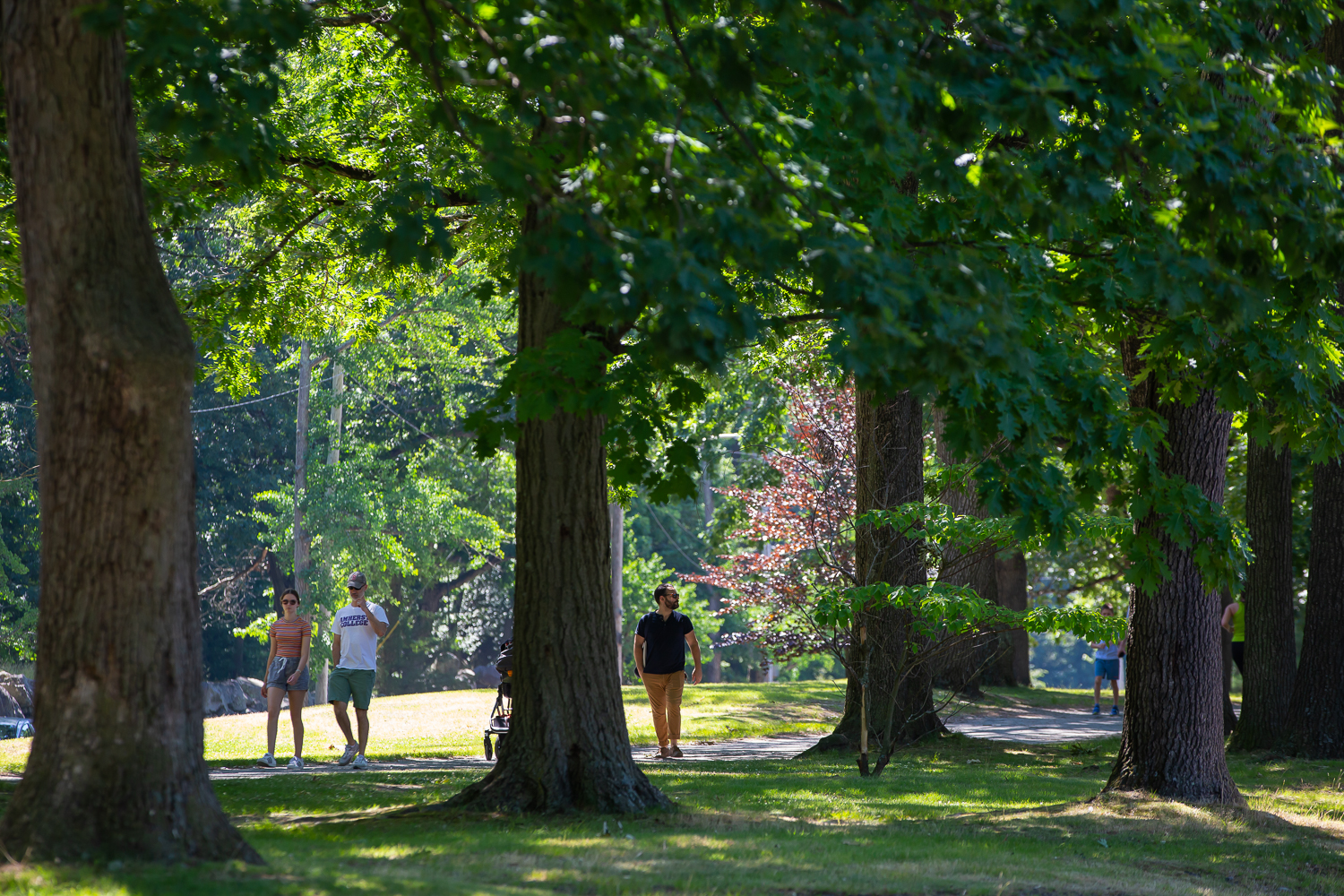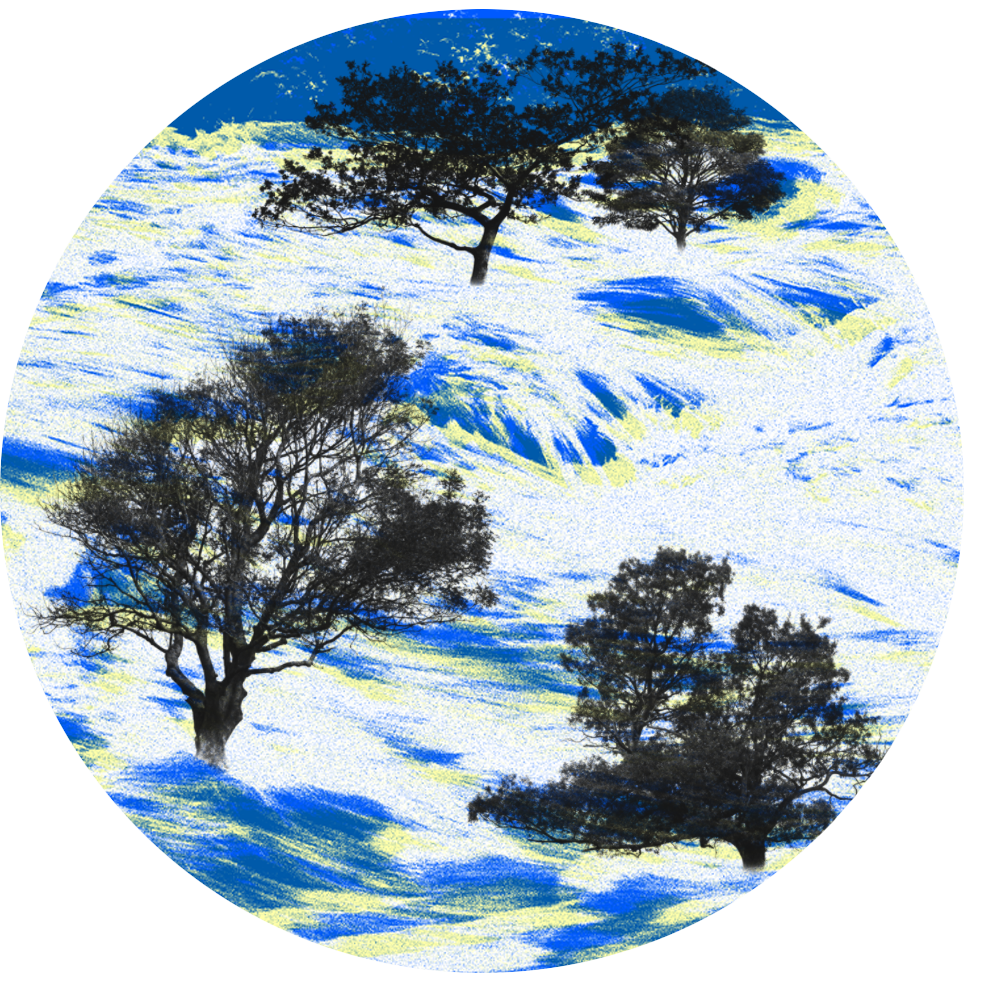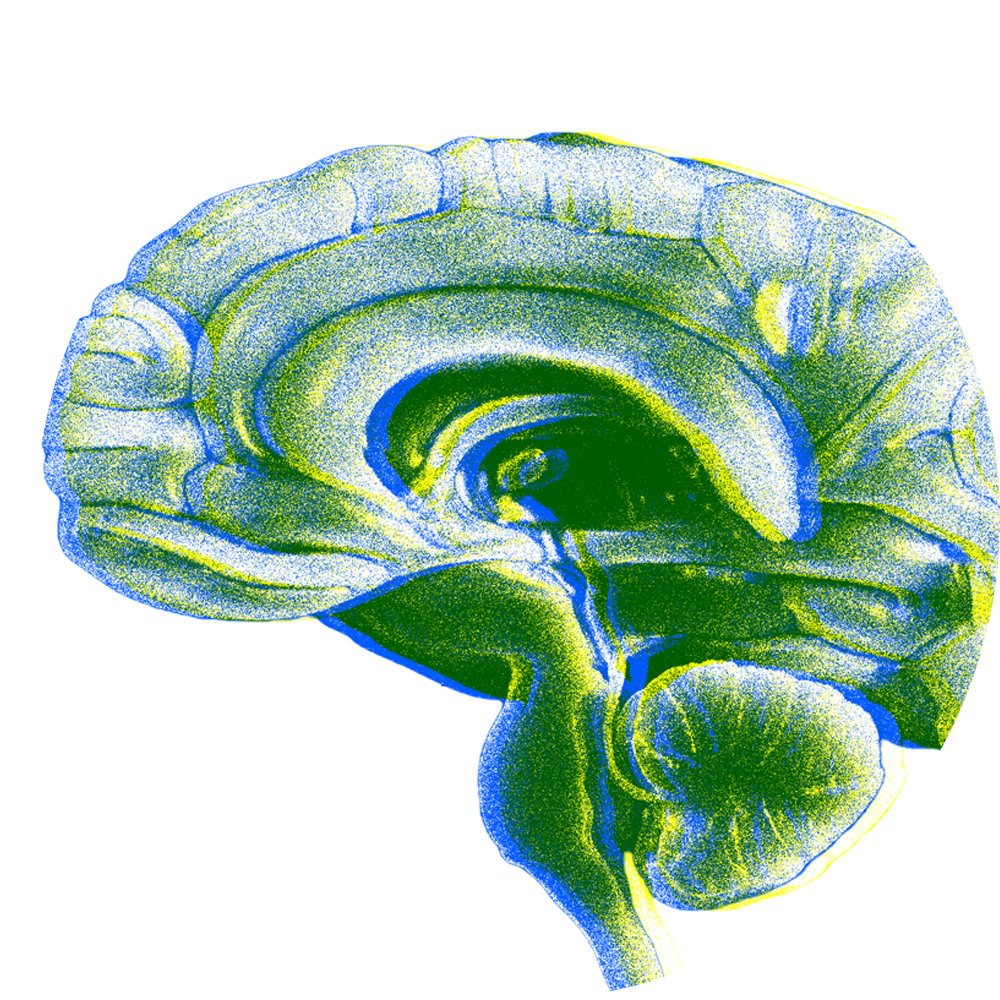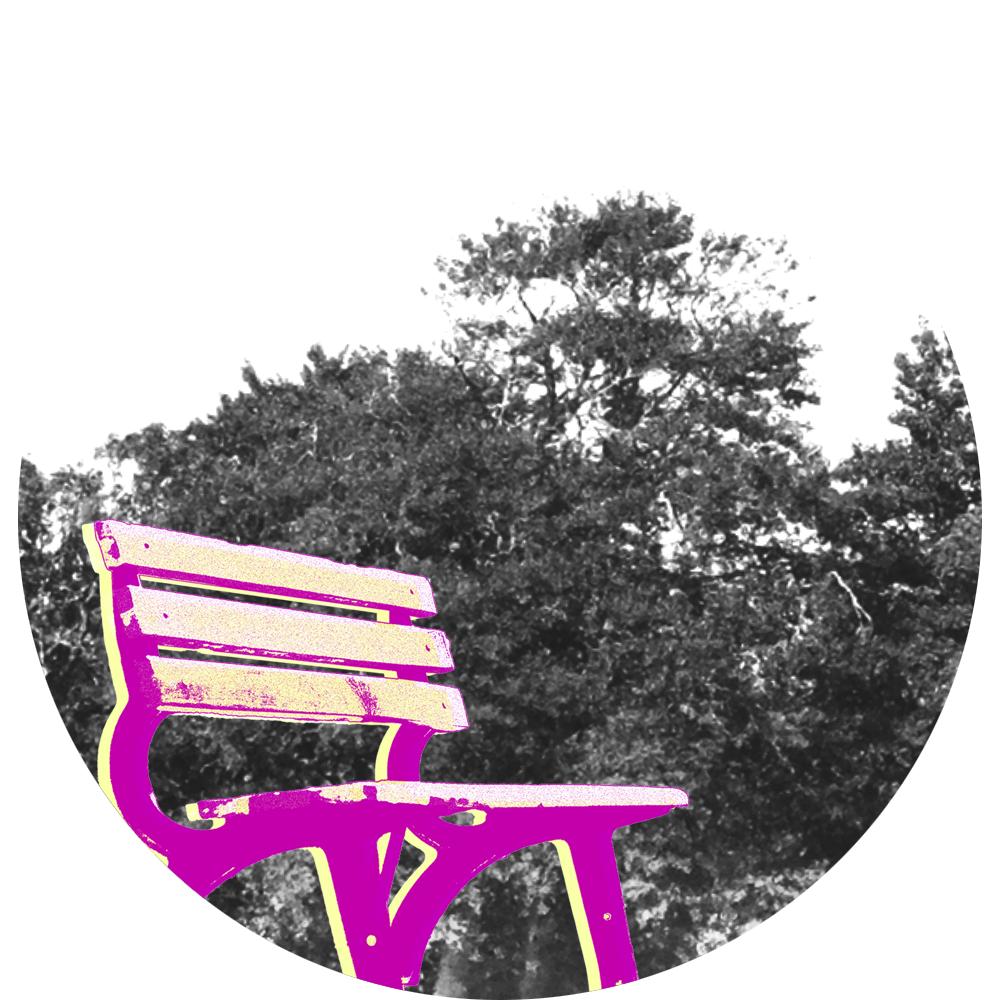
WHY DO WE NEED TREES?
Photo by Dominique Sindayiganza
When we take care of the trees around us, they take care of us, providing a range of benefits that include:

Keep scrolling to explore the many benefits of our urban trees…

Trees save us money, create economic opportunity, and help our communities build wealth.
Trees reduce our utility bills.
Did you know that just one mature tree has the same cooling effect as 10 room-sized air conditioners? Properly placed trees can reduce air conditioning costs by 30%. Trees can also keep our homes warm in the winter by blocking wind, saving energy used for heating by 20-50%. A healthy urban forest helps protect families against rising utility rates.
Trees create jobs.
Tree care workers are employed by private tree companies, utility companies, and municipal governments to help keep our urban forest safe and healthy. Investing in our urban forest creates opportunities for people in our community to find family-sustaining careers.
Trees help local businesses thrive!
Having more trees in a neighborhood can increase retail sales, attract shoppers from further away, and improve employee performance. Studies show that businesses on treelined streets have 20% higher income streams than businesses on streets without many trees.
Unlike grey infrastructure, trees are one of the only kind of urban infrastructure that actually increases in value as they age. The larger the tree, the more benefits, or ecosystem services it provides!

Trees protect and improve our health.
Trees remove air pollution.
They absorb ozone, sulfur dioxide, nitrous oxides, carbon monoxide, and other pollutants, and they trap particulate matter pollution—which can lead to health problems like asthma, lung cancer, and heart attacks—and trap them in their leaves and bark. A single mature tree absorbs between 120 and 240 pounds of particulate air pollution every year, so particulate pollution levels can be 60% lower on tree-lined streets than on streets without trees.
Trees release oxygen for us to breathe.
Every year, Providence’s trees produce over 9,280 tons of oxygen for us to breathe. Just one tree can produce enough oxygen for two people for the entire year. So take a deep breath, then share some gratitude for the nearest tree.
Trees reduce childhood asthma.
Research shows that an increase of 343 trees per square kilometer is associated with a 24% lower rate of asthma and a 26% lower risk of hospitalization as a result of asthma. By reducing rates of childhood asthma, respiratory illness, heart disease, and other health problems that disproportionately impact low-income communities of color in Providence, planting trees can be a tool for repairing the effects of systemic racism.

Trees help protect us from the impacts of climate change.
Trees capture polluted stormwater runoff
and prevent flooding.
Just 100 trees can capture over 300,000 gallons of rain water each year. Trees also help remove pollutants from stormwater runoff, keeping these harmful chemicals from entering our waterways. Trees have been shown to filter up to 80% of phosphorus out of stormwater, for example. This improves the health of the bay and reduces beach closures and fish advisories.
Trees keep us cool!
Rising temperatures are already leading to dangerous summer heat waves, and the urban heat island effect means that cities like Providence are especially at risk. NASA research has found that Providence already experiences surface temperatures almost 22ºF hotter than its less urban surroundings. But trees can lower the air temperature in city neighborhoods by 10 degrees!
Trees take in carbon dioxide and reduce
our carbon footprint.
Each year, a single acre of trees absorbs the amount of carbon produced by driving a car for 26,000 miles. In Providence, our trees store over 124,000 tons of carbon, helping to reduce the amount of carbon pollution that enters our atmosphere to further contribute to climate change.

Trees nourish our minds and hearts.
Trees improve our mental health.
Spending time around trees reduces stress, lowers blood pressure, relieves muscle tension, and improves mood. Just looking at trees can reduce our levels of the stress-related hormones cortisol and adrenaline. Especially for communities impacted by chronic stress due to marginalization and systemic racism, trees offer one way to help give our bodies a break.
Trees help young people learn.
Being around trees has been shown to improve student focus, reduce ADHD symptoms, and help young people develop social skills. Planting trees near high schools even improves standardized test scores and graduation rates!
Trees are part of our communities,
folklore, memories, and traditions.
They’re in our stories, art, and recipes. And trees can connect us to the memory of home and the lives of our ancestors, even if our ancestral homes are far away.

Trees help make our neighborhoods safer and more enjoyable for all.
Trees prevent traffic accidents and reduce noise pollution.
Research shows that drivers speed less on tree-lined streets. Planting street trees has been shown to help keep both pedestrians and drivers safe, reducing accidents by 5% to 20%. Tree canopy absorbs sound waves, too, and can reduce ambient neighborhood traffic noise by up to 50%.
Trees provide homes for other living beings.
Many of our non-human neighbors rely on trees for shelter from the elements or nesting materials. Trees provide forage and food for animals and humans alike, supporting an abundance of life on our streets and in our backyards.
Trees create welcoming spaces for us to connect with our communities.
They can give us beautiful, shady spaces to gather…and they can give us privacy when we want it. Research even shows that in buildings with trees, people report significantly better relationships with their neighbors.
Photo by Dominique Sindayiganza
